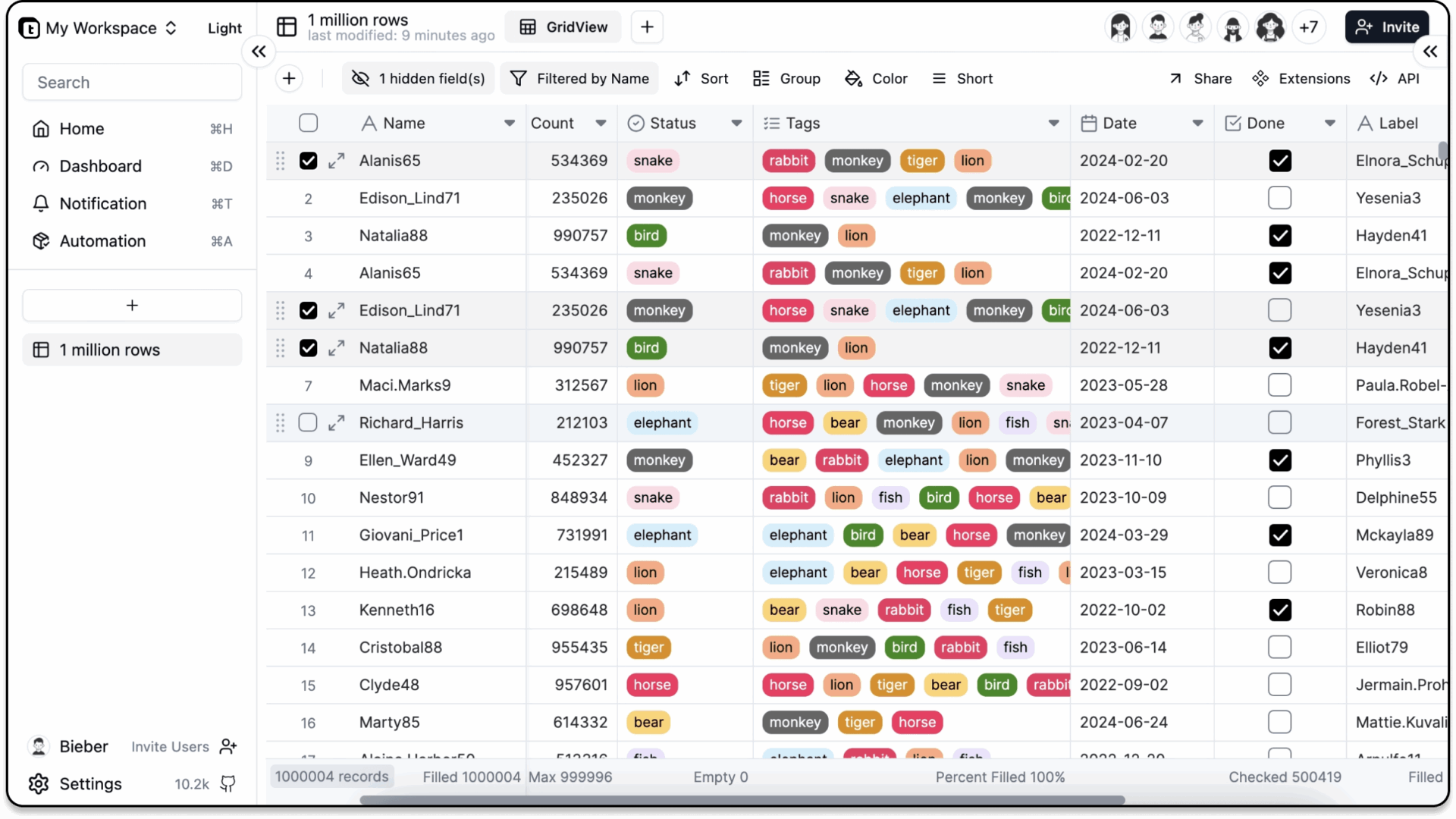Emerging Threats in Web Application Security: How to Stay Ahead of Cybercriminals
- softscribble@gmail.com
- August 1, 2024
- Software development
- 0 Comments
In today web application development services are crucial to our personal and professional lives. They handle everything from online shopping to sensitive financial transactions. But as their importance grows, so do the threats targeting them. Cybercriminals are always coming up with new tactics, making it essential to stay ahead of the game. This blog explores the latest threats in web application security and offers practical tips to keep your digital assets safe.
The State of Web Application Security Today
The Surge in Cybercrime
Cybercrime has evolved from a niche threat to a major global issue. The stakes are high with projections suggesting cybercrime could cost the world $10.5 trillion annually by 2025. The increase in cybercrime is fueled by:
- Growing Dependence on Digital Platforms: As more businesses and individuals rely on web app development companies, the opportunities for cybercriminals expand.
- Advanced Attack Methods: Hackers use sophisticated tools and techniques to exploit vulnerabilities.
- High Value of Data: Data breaches can lead to significant financial and reputational damage, making data a prime target for attackers.
How Threats are Evolving
The methods cybercriminals use are constantly changing. Here are a few common threats to be aware of:
- SQL Injection (SQLi): Hackers exploit flaws in a web application development service’s database queries to access or manipulate data.
- Cross-Site Scripting (XSS): Malicious scripts are injected into web pages, impacting users who visit those pages.
- Cross-Site Request Forgery (CSRF): Attackers trick users into performing unwanted actions on a web app.
- Remote Code Execution (RCE): Cybercriminals execute harmful code on a server to gain unauthorized access or cause damage.
Emerging Threats You Need to Know
1. API Vulnerabilities: A Growing Threat
APIs (Application Programming Interfaces) are vital for connecting different software systems, but they can also be a target for attackers. API vulnerabilities can lead to:
- Data Exposure: Weak API security can reveal sensitive information to unauthorized users.
- Unauthorized Access: Attackers might exploit API flaws to access restricted areas of your system.
How to Protect Your APIs:
- Enforce Strong Authentication: Use robust methods like OAuth or API keys for secure access.
- Monitor API Activity: Implement tools to detect unusual activity and potential threats.
- Limit API Exposure: Restrict API access to only what is necessary and minimize data exposure.
Additional Tips:
- Regular API Testing: Regularly test your APIs for vulnerabilities.
- Secure Development Practices: Follow secure coding practices for API development, including input validation and proper error handling.
2. Ransomware Attacks: A Growing Concern
Ransomware attacks are increasingly targeting web applications. These attacks encrypt data or systems, demanding a ransom for the decryption key. The impacts include:
- Operational Disruption: Encrypted data can halt your business operations.
- Reputational Damage: Such attacks can harm your reputation and erode customer trust.
How to Defend Against Ransomware:
- Regular Backups: Keep your data backed up and ensure backups are stored securely and tested for restoration.
- Apply Security Patches: Update your systems and software with the latest security patches.
- Educate Employees: Train your staff to recognize phishing and other social engineering attacks.
Additional Measures:
- Endpoint Protection: Use solutions to detect and prevent ransomware infections.
- Incident Response Plan: Develop and regularly update a response plan for ransomware attacks.
3. Supply Chain Attacks: The Hidden Danger
Supply chain attacks involve compromising third-party services or software integrated with your web application. These attacks exploit trusted relationships and can be hard to detect. They may:
- Infiltrate Through Trusted Vendors: Attackers might compromise a vendor’s system to access your environment.
- Use Complex Attack Paths: Supply chain attacks can be intricate and difficult to trace.
How to Mitigate Supply Chain Risks:
- Evaluate Vendors: Assess the security practices of third-party vendors before integrating their services.
- Monitor Dependencies: Use tools to manage and track software dependencies for vulnerabilities.
- Have an Incident Response Plan: Prepare to respond to breaches involving third-party services.
Additional Tips:
- Vendor Risk Management: Continuously monitor and evaluate the security posture of your vendors.
- Secure Software Development: Ensure third-party software follows secure development practices.
4. Zero-Day Exploits: The Invisible Threat
Zero-day exploits target unknown vulnerabilities in software. These attacks are hazardous because they:
- Lack Immediate Defenses: No known defenses exist until the vulnerability is discovered and patched.
- Target High-Value Systems: Zero-day exploits are often used against critical systems.
How to Defend Against Zero-Day Exploits:
- Advanced Threat Detection: Use tools that analyze behavior and anomalies to spot potential zero-day attacks.
- Stay Informed: Follow security advisories and threat intelligence reports.
- Implement Multi-Layered Security: Combine various security measures, such as firewalls and intrusion detection systems.
Additional Tips:
- Behavioral Analysis: Use tools to detect deviations from normal activity that might indicate a zero-day exploit.
- Collaborate with Industry Peers: Engage with industry groups to stay updated on zero-day threats and responses.
Best Practices for Web Application Security
5. Regular Security Audits
Regular security audits help uncover vulnerabilities before hackers can exploit them. These audits should include:
- Penetration Testing: Simulate attacks to find weaknesses in your web app development company‘s services.
- Vulnerability Assessments: Regularly assess and address vulnerabilities in your systems.
- Configuration Reviews: Check and adjust configurations to ensure they meet security best practices.
How to Conduct Effective Security Audits:
- Schedule Regular Audits: Plan audits periodically and after major changes to your web application.
- Engage Experts: Consider hiring external experts for an unbiased assessment.
- Address Findings Quickly: Implement fixes for issues found during audits.
6. Foster a Security-First Culture
Building a security-first culture helps make security a priority throughout your organization. This includes:
- Ongoing Training: Offer regular security training for all employees.
- Promote Best Practices: Encourage secure coding practices and regular updates.
- Engage Leadership: Ensure leaders support and invest in security initiatives.
Additional Tips:
- Designate Security Champions: Appoint individuals to advocate for security within teams.
- Create a Feedback Loop: Continuously improve security practices based on feedback and emerging threats.
7. Implement Strong Authentication and Access Controls
Securing access to web applications is critical. Key practices include:
- Multi-Factor Authentication (MFA): Use MFA to add an extra security layer beyond passwords.
- Restrict Access: Apply the principle of least privilege, granting access only to necessary individuals.
- Regularly Review Permissions: Update user permissions to reflect current roles.
Additional Tips:
- Consider Single Sign-On (SSO): Simplify access management with SSO while enhancing security.
- Keep Access Logs: Maintain detailed logs of access activities for monitoring and auditing.
8. Stay Updated with Security Patches
Timely application of security patches is essential for protecting systems from known vulnerabilities. This involves:
- Using Patch Management Tools: Automate the patching process to ensure updates are applied promptly.
- Monitoring Vendor Advisories: Stay informed about updates from software vendors.
- Testing Patches: Test patches in a controlled environment before deploying them to production.
Additional Tips:
- Prioritize Patches: Focus on patching high-severity vulnerabilities and critical systems.
- Develop a Patch Management Policy: Create and enforce a policy for consistent and effective patching.
Conclusion
Web application development services are vital to our digital lives, but they face increasingly sophisticated threats. Staying ahead of these threats requires a proactive approach, including regular audits, a security-first mindset, and strong authentication practices. By understanding and addressing emerging threats, you can protect your web applications and maintain trust in your digital platforms.
Tags: functional and non-functional mobile app, mobile application solutions, web app development company, web application development services, web application security, Web Development company, website development company
Contact Softscribble for your software Requirement
Contact Now





